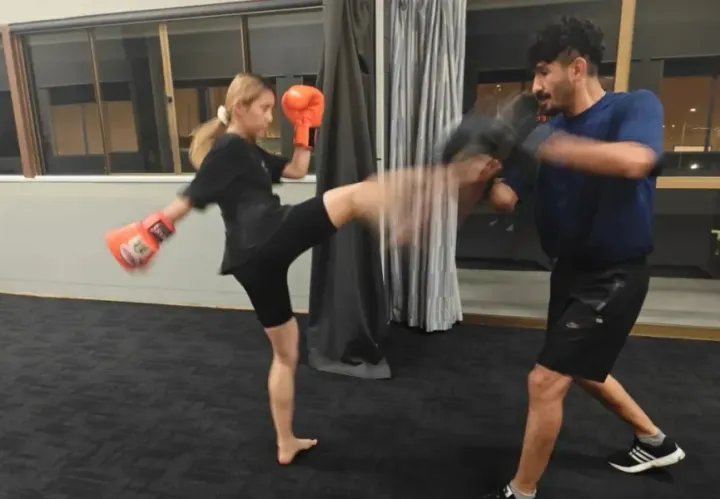Chinese Couple Takes IELTS at 60, Immigrates to New Zealand, and Starts a Business in Their Garage
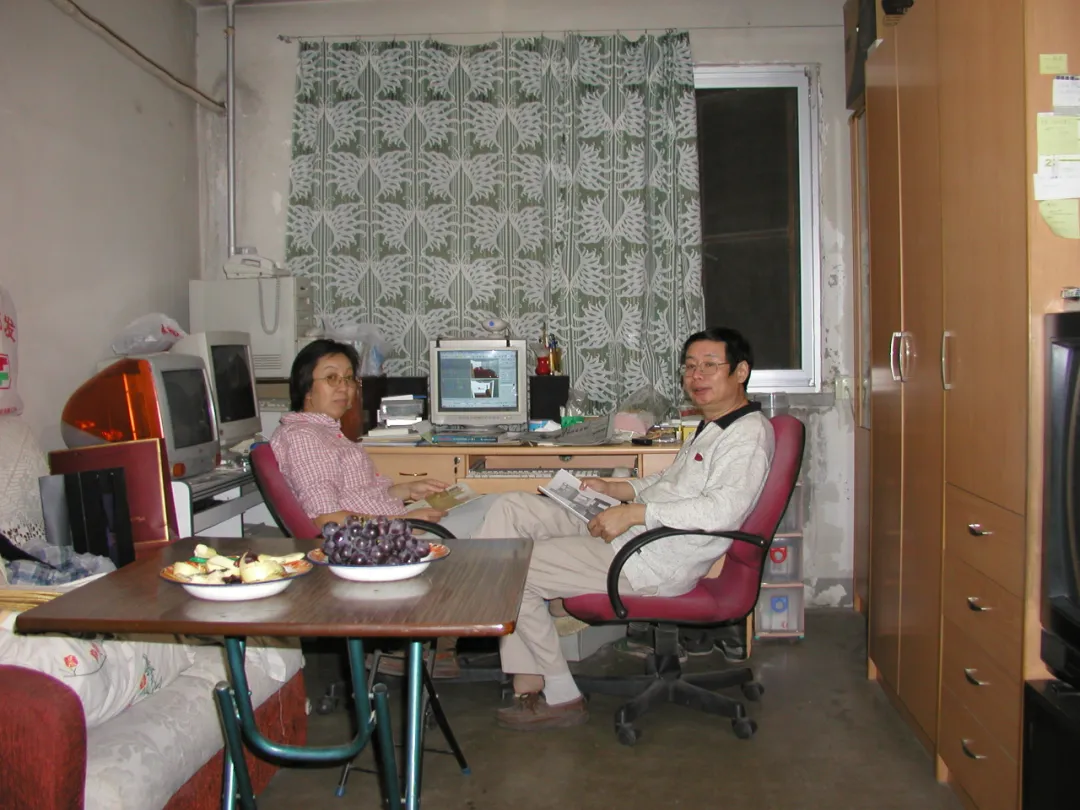
Staff Writer: Wen Zhao
Image Source: Supplied
Chinese couple James Wang and Xi Chen, both near 70, have lived on Auckland’s North Shore for years.
It’s a modest little courtyard.
Above the gate, two delicate Chinese characters are engraved on a wooden plaque—缘起 (Yuán Qǐ, meaning "origin of fate").

Upon pushing the gate open, lush sweet potato leaves and chayote come into view.
Turning a garden into a vegetable patch is typical for Chinese families.
From the outside, apart from a sense of serenity, the courtyard doesn’t seem particularly special.
But once you open the inner door, you discover an entirely different world—the couple has transformed their living room and garage into a robotics haven.
Their story begins with a trip to New Zealand 10 years ago.
It All Started by Lake Taupo
In 2011, the couple visited New Zealand, spending seven days doing absolutely nothing by Lake Taupo.
The clear blue skies, pristine waters, and friendly locals—they instantly fell in love with New Zealand.
For two people who had spent half their lives in apartments, the houses here weren’t luxurious but had their own space, with a sense of freedom.

As they gazed at the lake and occasionally looked at each other, they both said, “Just sitting here, doing nothing, feels so comfortable.”
It was then that the idea of immigrating to New Zealand took root.
The Journey to Entrepreneurial Immigration
By this time, they both were nearing retirement, and when their children heard about their plans to immigrate, their first reaction was, “You’re crazy”.
James said, “At first, they found it strange why we would want to uproot and go abroad at our age, but later they slowly came to understand.”
James, born in 1952, was part of the first cohort of students when China reinstated the college entrance exam, and he also earned a Master’s degree from the Chinese Academy of Sciences.
He was also one of the earliest pioneers in China’s internet industry.
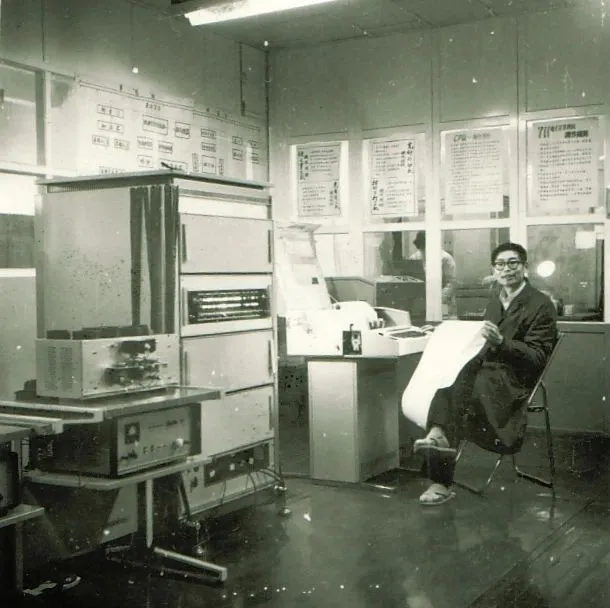
He joked, “When I was building websites, Jack Ma was still working on Yellow Pages.”
James had spent over 30 years navigating the ups and downs of the internet industry.
He had taught computer science at university, held executive positions in multinational companies, and run his own high-tech business for over a decade.
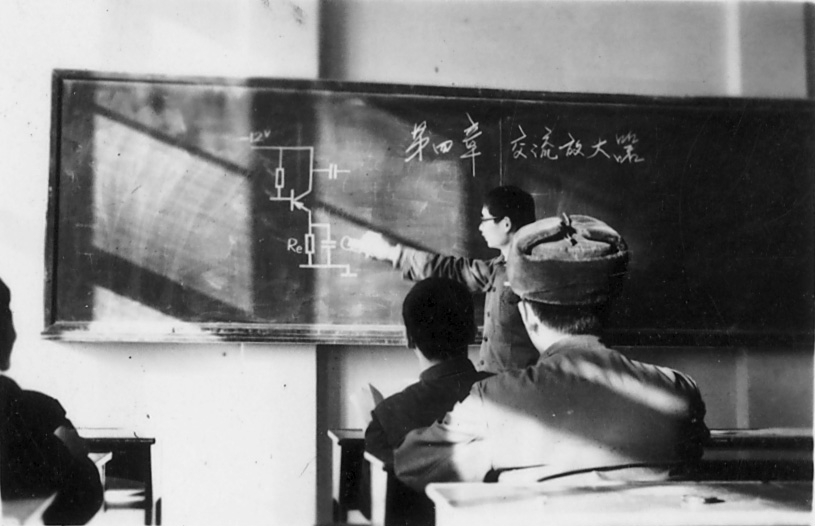
In 2012, at the age of 60, he began the long journey of entrepreneurial immigration.
The first major hurdle was passing the IELTS exam.
“I was fine with reading and writing, but I hadn’t spoken English in decades, which made speaking really difficult,” he said.
He put in a lot of effort to meet the standard.
During the exam, an amusing incident occurred.
While standing in line to enter the exam hall, the invigilator glanced at him and immediately asked him to wait outside, saying, “Parents should wait outside.”
It turned out he was two years older than the invigilator, who was surprised to see someone of his age taking the IELTS exam.
This first step in the immigration journey was no small challenge.
After waiting for over a year, James finally received provisional approval from Immigration New Zealand, and in 2014, the couple officially arrived in New Zealand to start their business.
James chose to continue in the tech industry, focusing on financial risk assessments for Chinese banks.

In short, Chinese companies borrowing money from banks for overseas investments required his expertise to assess the security, financial, and legal risks of their overseas ventures.
What James didn’t expect was that his field of work became an obstacle to his immigration process.

The biggest issue was that the immigration officers couldn’t understand his business.
“This probably had to do with their business or humanities backgrounds, making it difficult for them to grasp a technology project like this,” James explained.
Because they couldn’t understand it, they couldn’t question his technology, so they nitpicked in other areas.
“They asked all sorts of absurd questions, like why, if I spent most of my time in an office, I needed a car. They also asked whether the car was for business or personal use,” James recalled with a sigh.
“They didn’t really value what I was doing, but because I followed all the rules and was serious about it, I eventually got it done.”

After changing immigration officers three times and spending four and a half years, he finally obtained his residency visa.
James considers himself relatively lucky, having caught the “last train.”
In recent years, the success rate for New Zealand’s entrepreneur immigration pathway has dropped to below 2%, effectively closing the door.
Turning Crisis into Opportunity
Although the immigration journey wasn’t smooth, James felt his business was going well.
However, due to the pandemic’s impact and the inability to recover payments, coupled with the poor economic climate, he had to close down his business last year.
While James’ business faced challenges, his wife Xi Chen experienced a different story.
Chen had previously taught LEGO robotics at the affiliated high school of Beijing Normal University.
After immigrating to New Zealand, she assisted James with his business while tending to their garden.
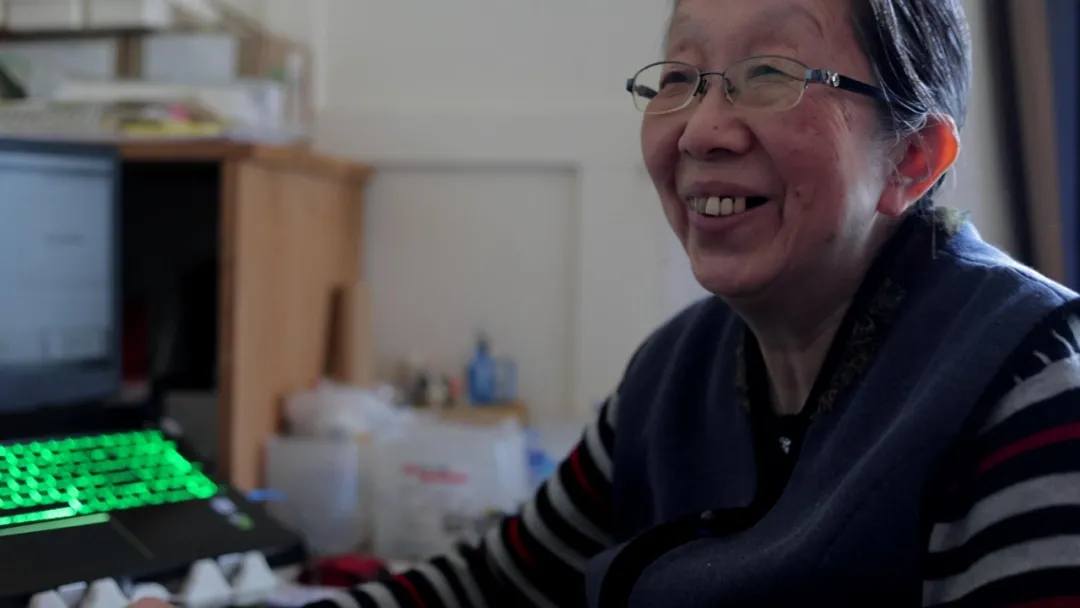
Originally, she envisioned a semi-retired life, but some Chinese parents in Auckland had their eyes on her.
In 2016, a group of Chinese children wanted to participate in New Zealand’s robotics competition. With only three months left before the event, their coach hadn’t yet arrived.
The parents, hearing about Chen’s teaching background, visited her and asked her to become the coach.
That’s how Chen returned to her former profession.
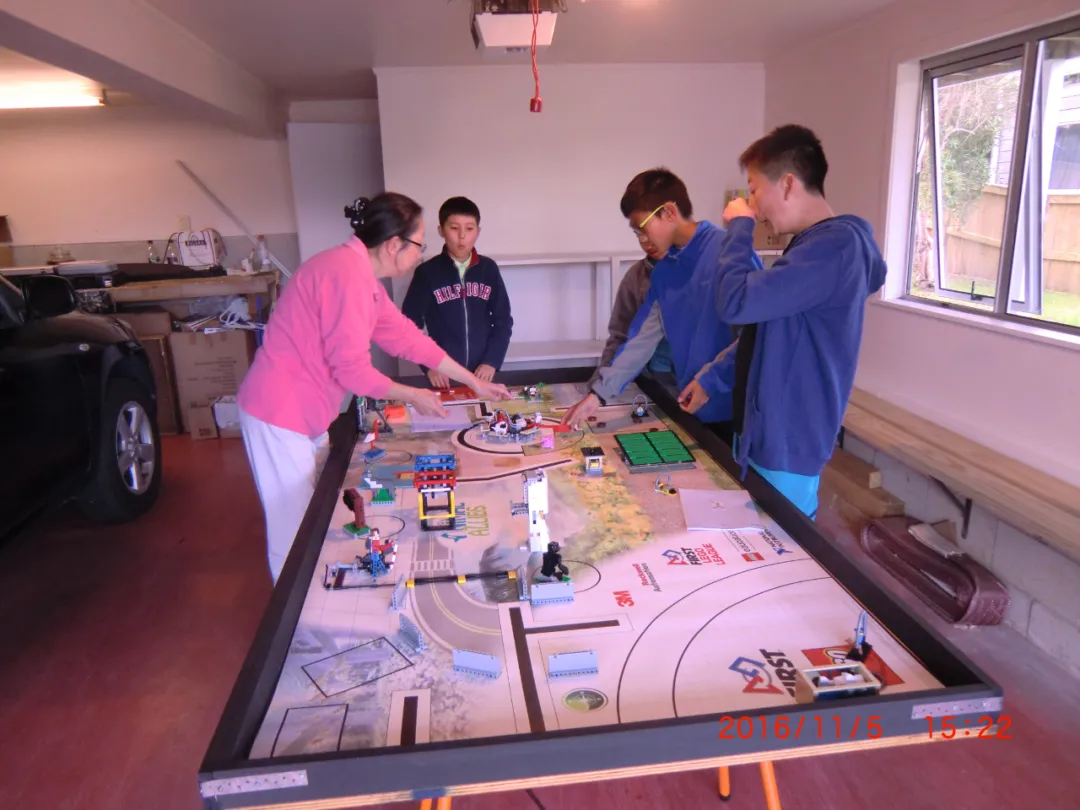
Although the team didn’t perform well in the first competition due to the short training time, Chen quickly identified the children’s strengths and weaknesses, as well as the overall level in New Zealand.
She began offering regular training sessions to Chinese students.
From 2017 to 2020, her students achieved impressive results, including winning several championships in New Zealand’s robotics competitions and even representing New Zealand in competitions in Australia and the United States.

Many people associate LEGO with fun and games, but LEGO robotics involves complex and often tedious learning, especially for children aged 9 to 12.
It requires knowledge of mechanics, engineering, computers, control systems, and a comprehensive understanding of robot structure, design, programming, sensors, and creative thinking.
Chen said, “Every child who learns with me has cried, and some have given up midway. But there are a few who are truly passionate and very hands-on, and they are the ones who persevere.”
Over time, some kids dropped out, while new Chinese parents continued to seek out Chen, and those who stayed on had higher expectations.
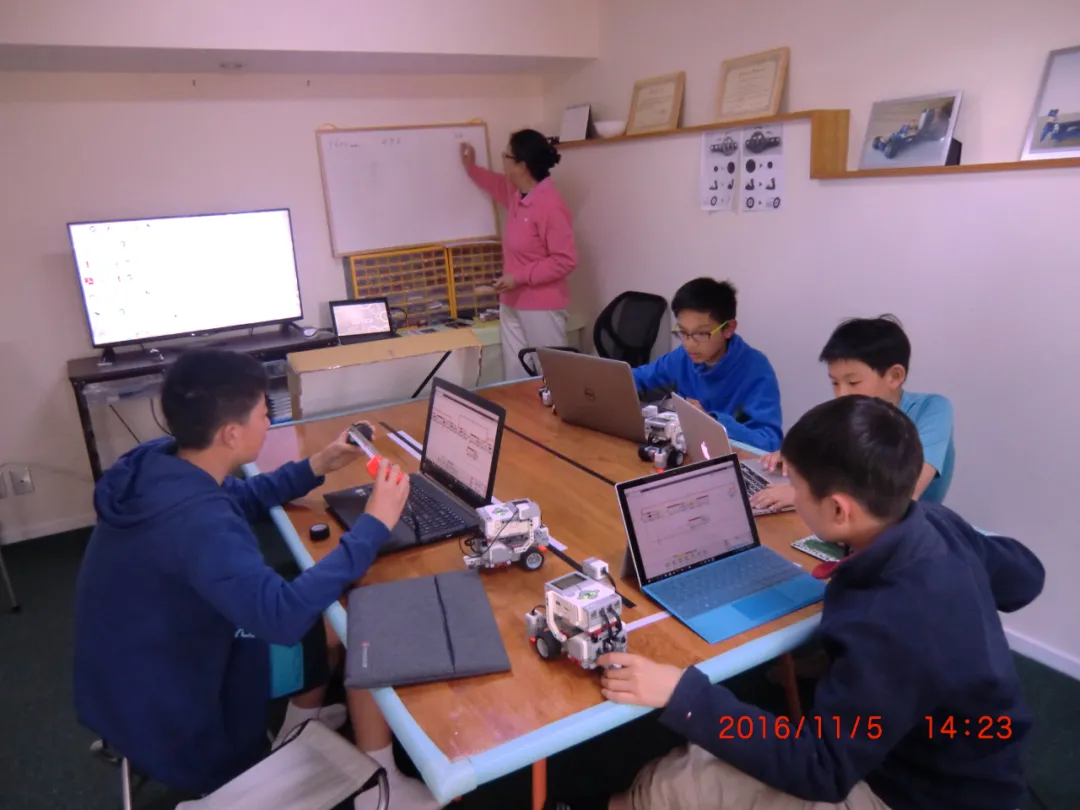
They wanted to learn more advanced robotics, but Chen couldn’t manage it all on her own.
So James stepped in, taking charge of the advanced robotics lessons, including C programming, DIY robotics, and artificial intelligence.
For the 12-and-up crowd, James emphasized hands-on skills.
“You can’t learn computer hardware if you don’t burn a few components and learn to solder,” he often said.
He hopes that in the future, these kids won’t just become coders but well-rounded IT professionals with both software and hardware skills.
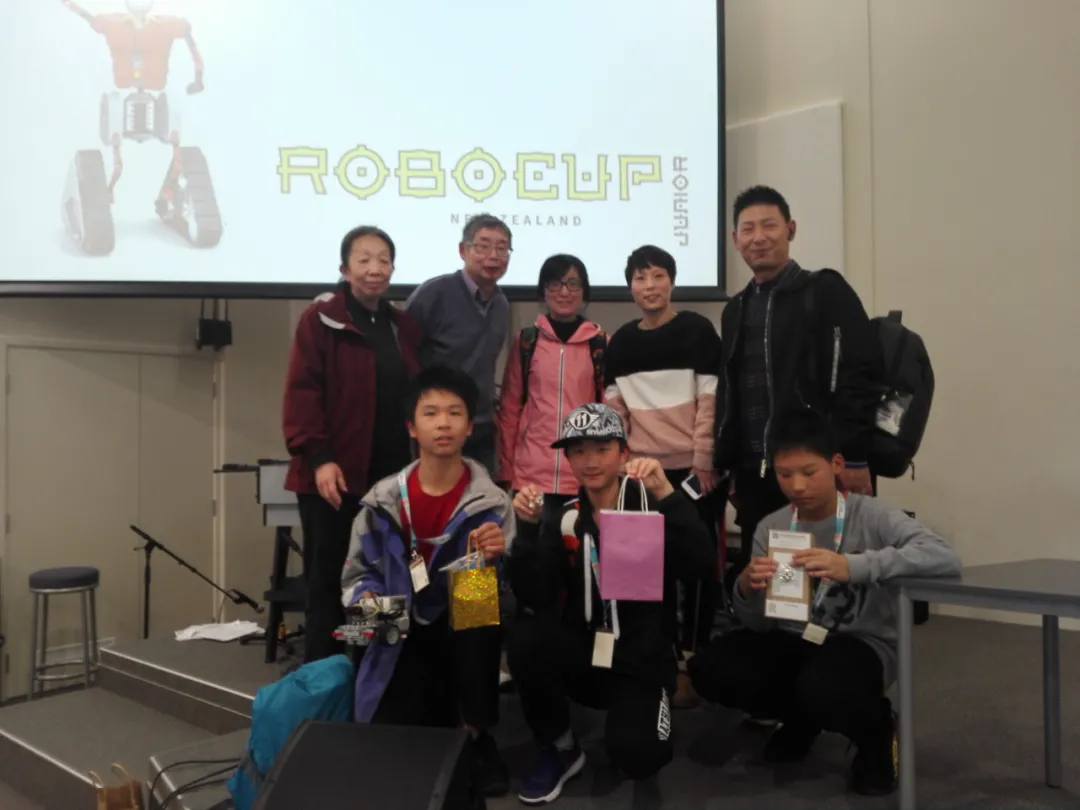
The couple has no problem with the technical knowledge, but language has always been a challenge.
Although they hope to help more students from different ethnic backgrounds in New Zealand, they find themselves limited in their ability to do so.
However, seeing some of the Chinese children improve their Mandarin skills has brought them great satisfaction.
Stay Hungry, Stay Foolish
Today, the couple’s small courtyard has fully transformed into a robotics world.
The first floor is a teaching base.
Chen’s classroom is simple—just a table and a few chairs. The walls are adorned with certificates, trophies, and media coverage of her students.

James’ classroom is quintessentially Kiwi, set up in the garage.
On a table less than two meters long, the kids come up with ideas, design plans, build models, write programs, and fine-tune their robots until they finally bring their creations to life, sometimes even competing in international tournaments.
At first, they worried whether teaching at home was legal.
But they soon realized that no one in New Zealand cares about such formalities. After all, garage-based entrepreneurship is part of the country’s culture.
Upstairs on the Second Floor, Their Living Room Becomes a Research Hub.
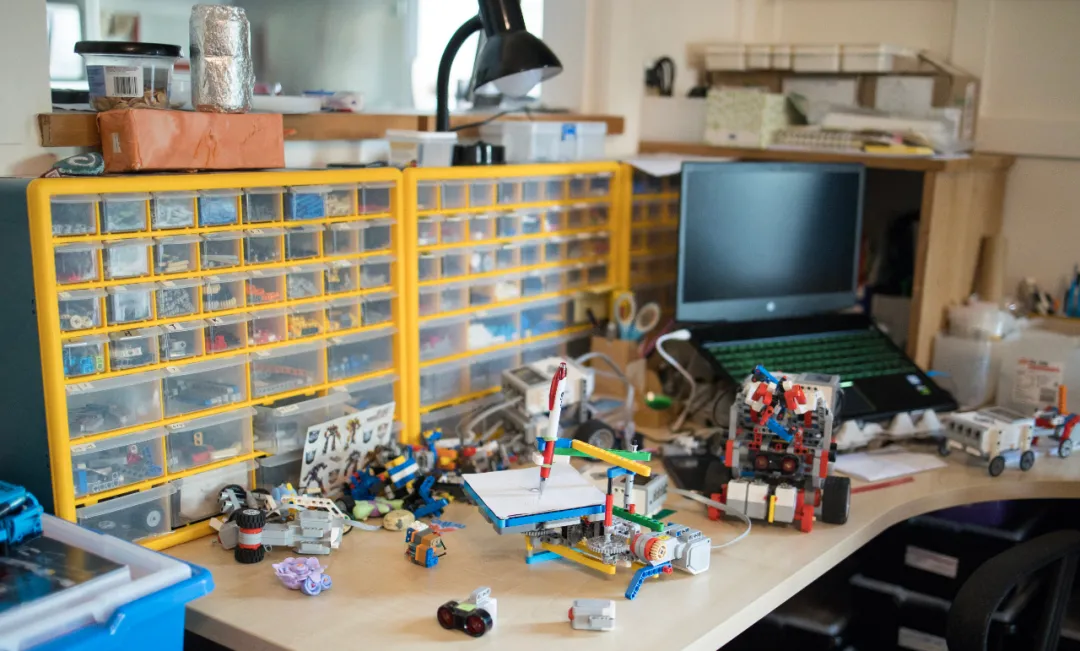
On Chen's workbench, there are over 100 boxes, containing thousands of LEGO pieces of various sizes.
Here, she constantly assembles, disassembles, and tests, trying to create more complex LEGO robots to inspire greater interest among the children.
On James’ workbench sits his latest creation—a small robotic dog.
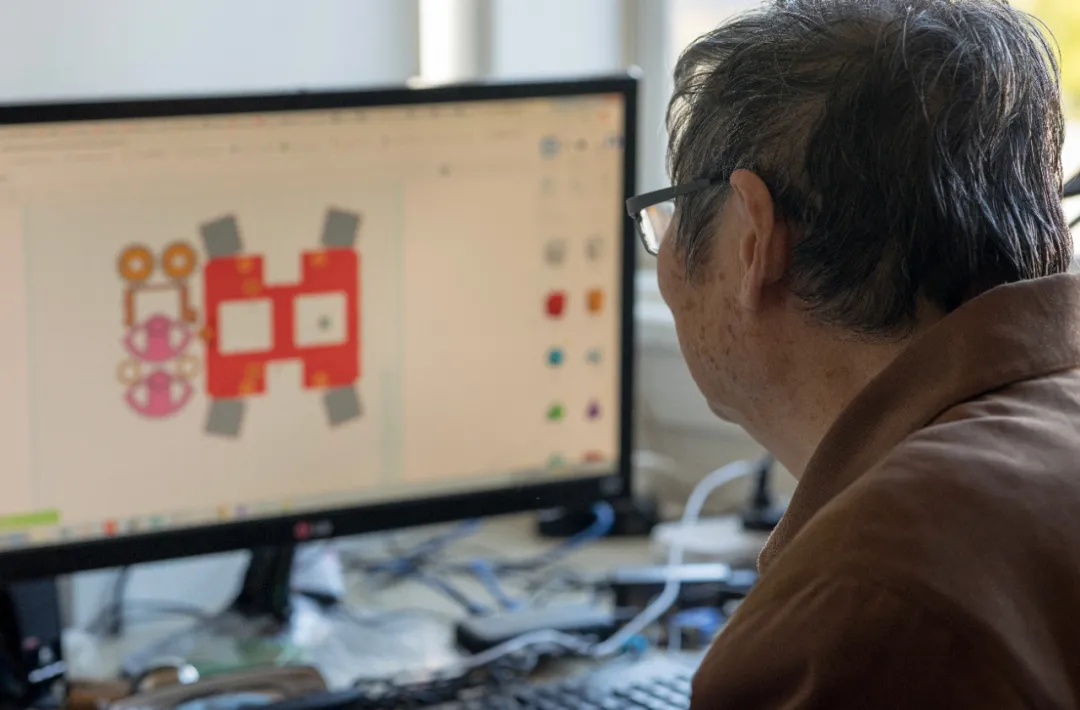
A few years ago, an American company developed the Boston Dynamics robot dog, which can help New Zealand shepherds remotely manage their flocks. This idea greatly inspired him.
Although his little robotic dog is quite simple and still walks clumsily, nowhere near as advanced as those from major companies, he wants to use his own skills to contribute something to this country.
Next year, James will turn 70.
But he feels that his research journey in New Zealand is just beginning.
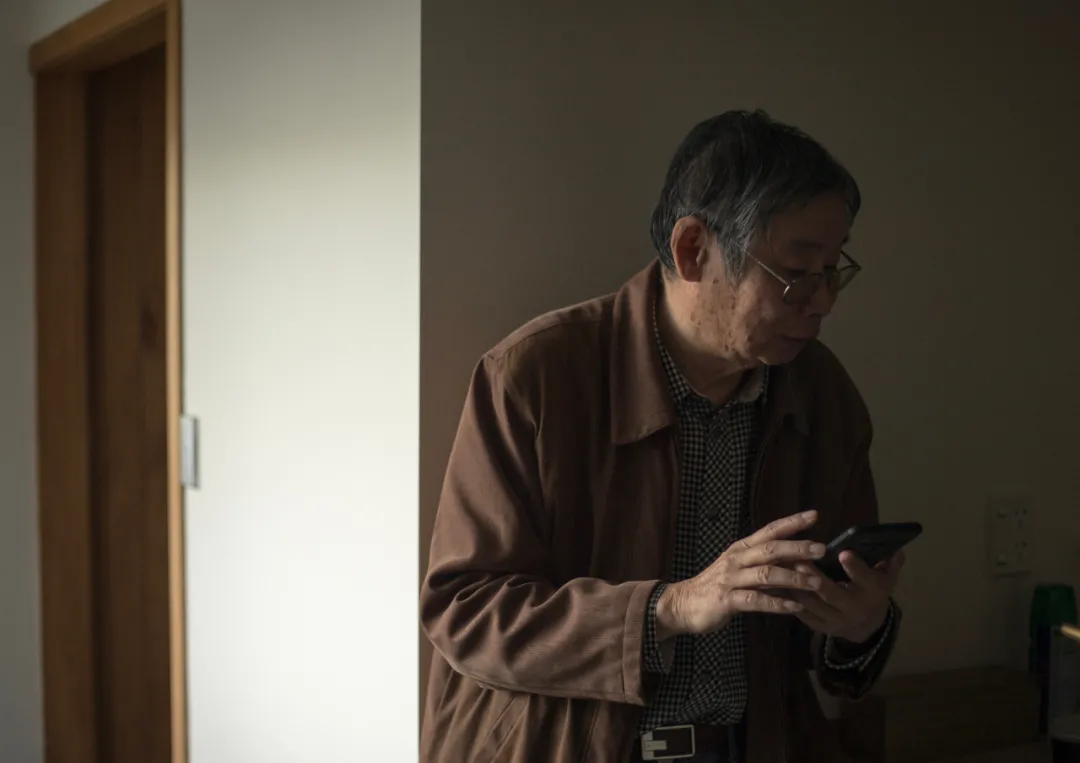
It’s hard to imagine, unless you see it for yourself, how such a modest little courtyard can hold the dreams of New Zealand’s children competing with international players, as well as the ambitions of this couple.
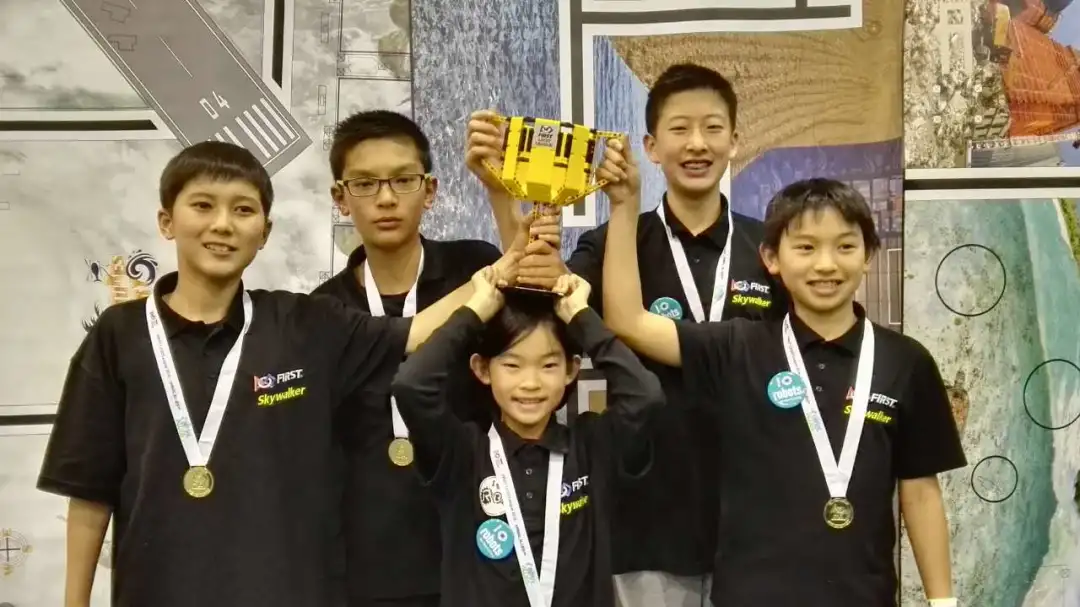
In their home, the couple has hung a painting of Steve Jobs' famous quote, “Stay Hungry, Stay Foolish.”
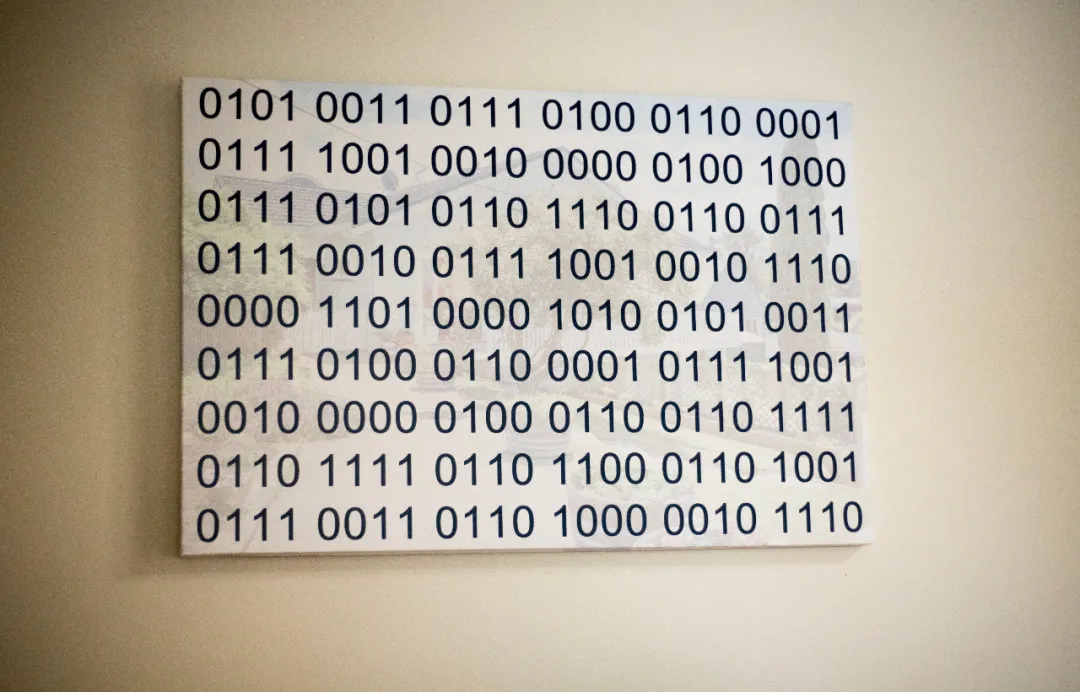
What makes it special is that the quote is written in binary code, a nod to their technical background.
This painting not only represents their personal life philosophy but also serves as a blessing to the children they teach.

